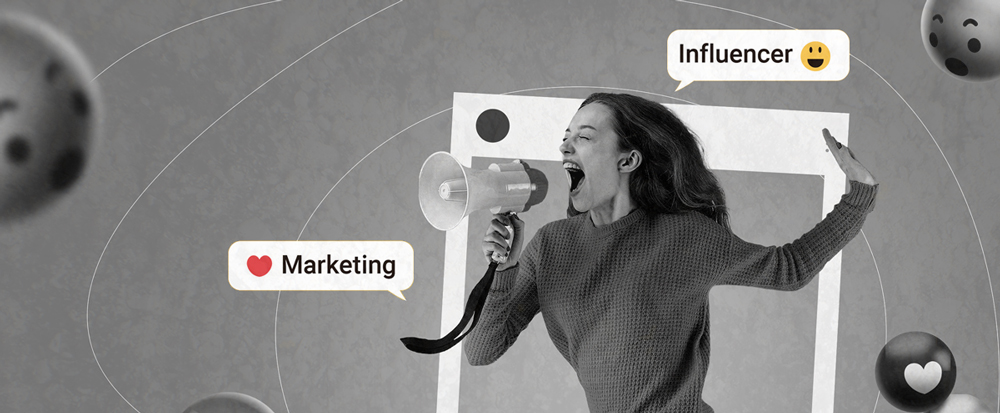As the power of influencer market grows, investment in its stars becomes as necessary as it is costly. To make sure your advertising dollars are spent wisely, read on to discover the key influencer metrics that will help fail-proof your influencer marketing efforts.

In 2023, influencer marketing is expected to exceed a $21BN market value on a global scale, achieving a whopping 30% growth since last year – and that is amidst a global economic downturn. As more creators start monetizing their channels and marketing budgets become tighter, betting on the right influencer becomes more important than ever. Find out the main influencer metrics to review before signing an influencer for your next campaign.
Reach
Reach is one of the most common influencer metrics that refers to the number of people who have seen a particular piece of content. If your business goal is to build brand awareness, it is the number one metric you should be looking at, indicating the potential size of your audience.

In most cases, a creator’s reach is a fraction of their total following, and it should be verified by requesting a screenshot of their content views during the last 7-14 days. However, there are instances where an influencer may have a larger reach than their following. This could indicate that their content has gone viral or that they have boosted their content (no shame in that!).
Engagement
Engagement measures how actively people are interacting with an influencer’s content – think likes, comments, saves and shares. Engagement is a critical metric indicating how much people care about what an influencer is sharing – and as a consequence, just how much they will care when an influencer mentions your brand.

If you’re planning to resonate with your target audience, aim for a higher engagement rate. Remember that the more followers an influencer has, the harder it is to achieve, with macro influencers showing a 3x lower engagement rate than micro influencers. If your brand is after some serious noise, consider inserting yourself into hyper-active micro communities, publishing on a platform with a higher per-post engagement rate, like Tiktok with its average 5,69%, or briefing for a more dynamic content format, i.e. video over static content.
Audience quality
Audience quality is the one metric that tells you if an influencer is broadcasting to real people or mass followers, suspicious accounts and well, bots. Unlike with the previous metrics, when it comes to audience quality, the bigger, the better. If your brand is looking for genuine connections, aim for a 70 and above audience quality score (out of 100) when vetting an influencer profile using an external checker.
Audience Demographics
Audience demographics measure the characteristics of your influencer’s audience, such as age, gender and location. Knowing your influencer’s audience demographics can help you determine whether they align with your target audience. Just like with reach, you can request a recent insights screenshot directly from an influencer or their agent, or access the data using an influencer marketing platform.
Hit and be a hit
Influencer marketing is no longer a hit-and-miss strategy, thanks to the availability of comprehensive metrics. By using data-driven insights, you can now determine which influencers will be the most effective in reaching your brand’s target audience and deliver a better return on investment. However, gathering and analyzing these metrics can be a daunting task, which is why partnering with an agency that has expertise in influencer marketing management can make all the difference.

Looking for a professional agency to guide you through the intricacies of influencer marketing?
Get in touch: info@theboldstroke.com


